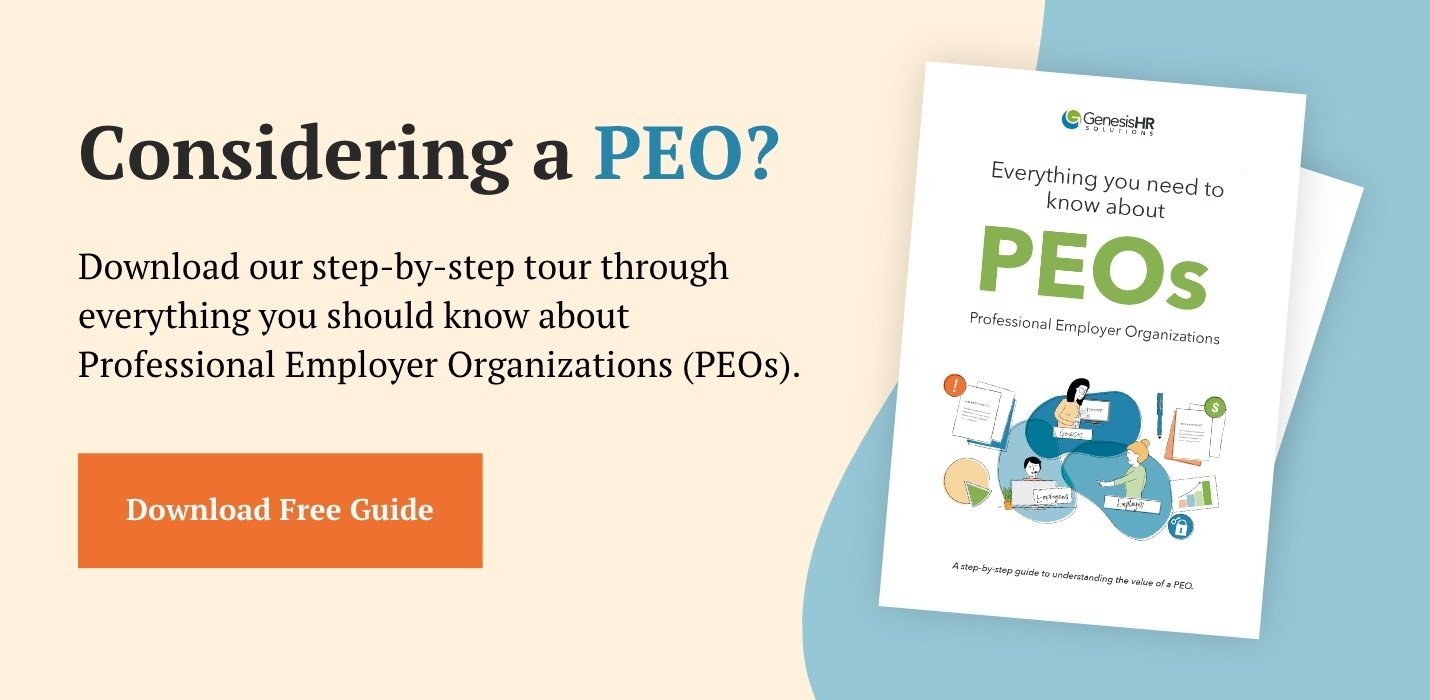Whether an employee chooses to leave your company voluntarily or they have been terminated, the first thing every employer should do upon hearing the announcement is to reference their employee handbook to kickstart the offboarding process.
If you don’t have an offboarding process—or aren’t sure if yours is as robust as it should be—this guide is for you. Take a look and see what you might be missing, or if there are elements of your process that could be fleshed out. Then, the next time you need to make a transition, you won’t have to worry about whether or not you’re covering all your tracks when it comes to employment separation. You’ll also be confident that the process you do have is as smooth and graceful as possible for all parties involved.
What is employee offboarding?
Offboarding is the process in which an employment relationship ends. The offboarding process should be followed for each employee who is leaving, regardless of whether it is a voluntary or involuntary departure.
The goal of offboarding is to ensure a smooth exit for the leaving party as well as the employer, which includes making sure all the relevant administrative tasks are taken care of. Typically, these tasks include aspects of payroll, benefits, company property, and systems and files.
The Difference Between Offboarding And Onboarding
Onboarding processes and programs serve to set employees up for long-term success at your company. They introduce new hires to your culture and help them understand how to positively contribute in their role. Research from employee recognition company O.C. Tanner found that up to 20% of employee turnover occurs within the first 45 days of employment, and an onboarding process is a key part of reducing that turnover.
Reducing turnover is not a concern during offboarding; rather, the point is to leave the employee with a positive feeling about the company, and make sure you tie up loose ends with regard to compliance and liability issues.
Are you following industry best practices for integrating new employees?
Download the free checklist now to make sure.
Why Offboarding Is Important To Small Businesses
We spend so much time onboarding new employees, but for many organizations, offboarding is an afterthought. It shouldn’t be! An offboarding process that goes well can improve efficiency and save your company money, not to mention one of the most important facts: from a compliance perspective, your offboarding process will ensure the departing employee is paid final wages accordingly and, when an employee is terminated, that the required unemployment documentation is provided according to state law.
In the age of boomerang employees, a thoughtful offboarding process can also turn former employees into advocates for your organization, who may be willing to return to their former jobs at a point in the future.
How To Offboard An Employee: A 9-Step Checklist
The announcement of an employee separation should initiate all the steps in the following checklist. Keep in mind that the checklist is flexible and can be modified to meet your company’s unique needs. You don’t have to (or may not need to) follow all the steps below, and some roles in your organization may require additional customization depending on your organization’s size, the employee’s role, and how they are separating.

1. Put the notice in writing.
If resignation is given verbally, request that the employee draft a letter to provide documentation.
2. Quickly communicate the change.
Notify company leaders about the departure, including HR representatives and your IT department. This notice will inform all involved parties that offboarding for a departing employee needs to begin and they should prepare for their role in the process.
Your communication should include the following details:
- The employee’s last day
- Whether their position be filled by a new hire or someone internally
- Who will be taking over their responsibilities in the interim
- When a job posting will go live for their replacement
3. Gather important materials to share with the employee.
These materials will include:
- The employee’s final pay (prepared by payroll)
- COBRA information for continuing benefits
- A separation memo that states what happens to an employee’s benefits as related to 401(k) plans and health coverage when they depart.
4. Review the offboarding process with the employee.
Your offboarding process should be a role-specific, detailed transition plan that can include an employee’s timeline for departure (if voluntarily separating) and both employee and employer’s expectations for departure (like any work to be wrapped up, other employees who need to be trained by the departing employee, etc).
We recommend that your written onboarding document include a plan for transferring knowledge from the exiting employee to someone else on the team. This may include a week of shadowing by an existing employee, or creating written documentation about processes and procedures related to the role.
Questions to ask your departing employee:
- What is your daily routine? Can you break it into step-by-step instructions?
- Are there any projects that you repeat on a weekly, monthly, quarterly, or annual basis? What are they and how do you do them?
- What files does your successor need to know about and have access to?
- Who are your regular contacts, inside and outside the organization, so we can inform them of the transition?
- Are there any systems that will require training for your successor?
- What tasks take priority in your role?
5. Schedule an exit interview.
This typically occurs only when an employee is leaving voluntarily. An exit interview allows employees to share information about their experience with the company and their reason for leaving. It usually provides good feedback for employers and managers, because an employee leaving on their own terms doesn’t necessarily mean they’re leaving on the best terms.
Exit interview questions are notorious for being cold-hearted and non-flexible. They also tend to focus on blame. Break out of that mold and include some questions that are open-ended and positive, such as “What did you like best about working here?” Leave the option open for future employment opportunities. A sample question might be, “Would you like to be considered for future open positions with this company?’ Managers should use what they learn in the exit interview to improve the job (and possibly their own performance), and reduce job seeking and turnover.
A Note About Timing:
All these steps should happen quickly. Some should occur simultaneously—for example, you’ll want to review onboarding, schedule an exit interview, and notify your team of the departure almost immediately to ensure that the rest of your team is aware of the change and the details (avoiding misinformation).
6. Share news of the employee departure with the team.
Either the employee or the manager may handle this task. If an employee is separating voluntarily, we recommend having them share the news; if the departure is involuntary, the manager should share the news and provide context if needed.
7. Begin recruiting a new employee.
This includes updating the job description and job posting based on what you may have learned from the exit interview.
8. Terminate the departing employee’s access to property, systems, and files.
Once the offboarding process is nearing its end, all responsible parties should begin restricting information access and retrieving company property. This will include technology, systems, and files (IT); keys and company phones (HR); and any financial or credit card accounts. HR should also revisit any nondisclosure or other agreements to ensure the departing employee understands what they are not legally allowed to share.
What do you do with old employee files?
Depending on the types of files, you will need to hold on to them for a specific amount of time. Keep these records in a separate, out-of-the-way filing location where they can be accessed if necessary. You should also insist on keeping employee documentation regarding where they left off in terms of vendor and client relationships, and deliverables. You can learn more in our article: How long do you need to keep HR paperwork?
9. Celebrate their next chapter.
A company-hosted lunch, farewell party, happy hour, or other celebration (when appropriate) is a great way to celebrate an outgoing employee and leave them with feelings of appreciation and goodwill. This also helps if they might be a boomerang employee; if you want them to return, get their updated contact information.
Final Thoughts
Your offboarding process should serve three purposes: 1) to identify opportunities for improvement within the company, 2) to provide a consistent and smooth transition for outgoing employees, and 3) to open a door for excellent employees to return should they be interested. By creating a thoughtful, written offboarding process for employees, you can accomplish all three.
Offboarding, onboarding, and employee training are just a few aspects of the HR function that your business needs to grow. If you’re overwhelmed by these tasks or don’t have a strong team to help support them, we’d love to share with you how our professional employer organization (PEO), GenesisHR, might be able to help. Never heard of a PEO? Then download our free guide—we think you’ll like what you learn!





